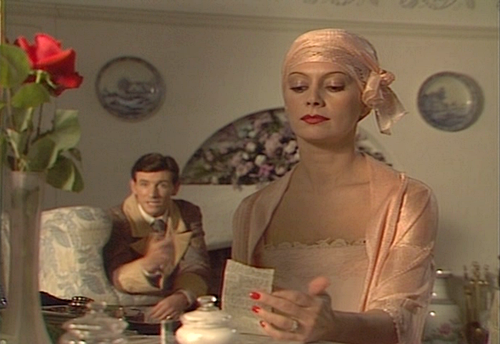

Characters are thought to be Nazi sympathisers especially the German refugee who acts so mysteriously. Speculation is rife: the current Blitzkrieg is the German’s last effort, Hitler is so deranged the war will be over by August. Christie sets the book in the spring of 1940. There’s one thing that this book does very well, and that is to suggest to the modern reader what it must have been like to live through the early years of the Second World War the anxieties, the paranoia, the fears, the restrictions. I wonder if she suffered a lack of concentration or commitment as a result? It will be fascinating to re-discover whether The Body in the Library shows any such signs too. Interestingly, Christie wrote it at the same time as she was writing The Body in the Library, which would appear the following year. True, Betty has a significance to the story as a whole, but Christie dwells on the baby talk for far too long, and I found these scenes thoroughly boring.

There are several tedious sequences when the reader is subjected to endless reports of the activities and meaningless gurgling of little baby Betty Sprot. Its plot is thin, and if you’re waiting for a nice juicy murder, you’ll have a long wait. This is the dullest, most unmemorable book I have encountered on my Agatha Christie Challenge so far. I could remember absolutely nothing about this book, and when it came to re-reading it now, I can see why. or M.” I’m not sure that the Book of Common Prayer holds the key to this particular case though. The title is taken from a catechism in the Book of Common Prayer which asks, “What is your Christian name? Answer N. The full book was first published in the US by Dodd, Mead and Company later in 1941, and in the UK by Collins Crime Club in November the same year.

N or M? was first published in the US in a condensed version in the March 1941 issue of Redbook magazine, and in the UK an abridged version was serialised in Woman’s Pictorial from April to June 1941, under the title Secret Adventure. The book bears no dedication, and, according to Christie’s autobiography, she saw it as a kind of sequel to her earlier Tommy and Tuppence novel, The Secret Adversary. Can they identify the Fifth Columnist working undercover in an English seaside town? Of course they can! As usual, if you haven’t read the book yet, don’t worry, I promise not to tell you whodunit – or rather, who the undercover agent is! Tuppence isn’t to know about it, but of course she finds out and accompanies him. In which we encounter Tommy and Tuppence, frustrated by the fact that no one wants them to help with the war effort, until a trusted contact comes along and offers Tommy a position he can’t resist.


 0 kommentar(er)
0 kommentar(er)
